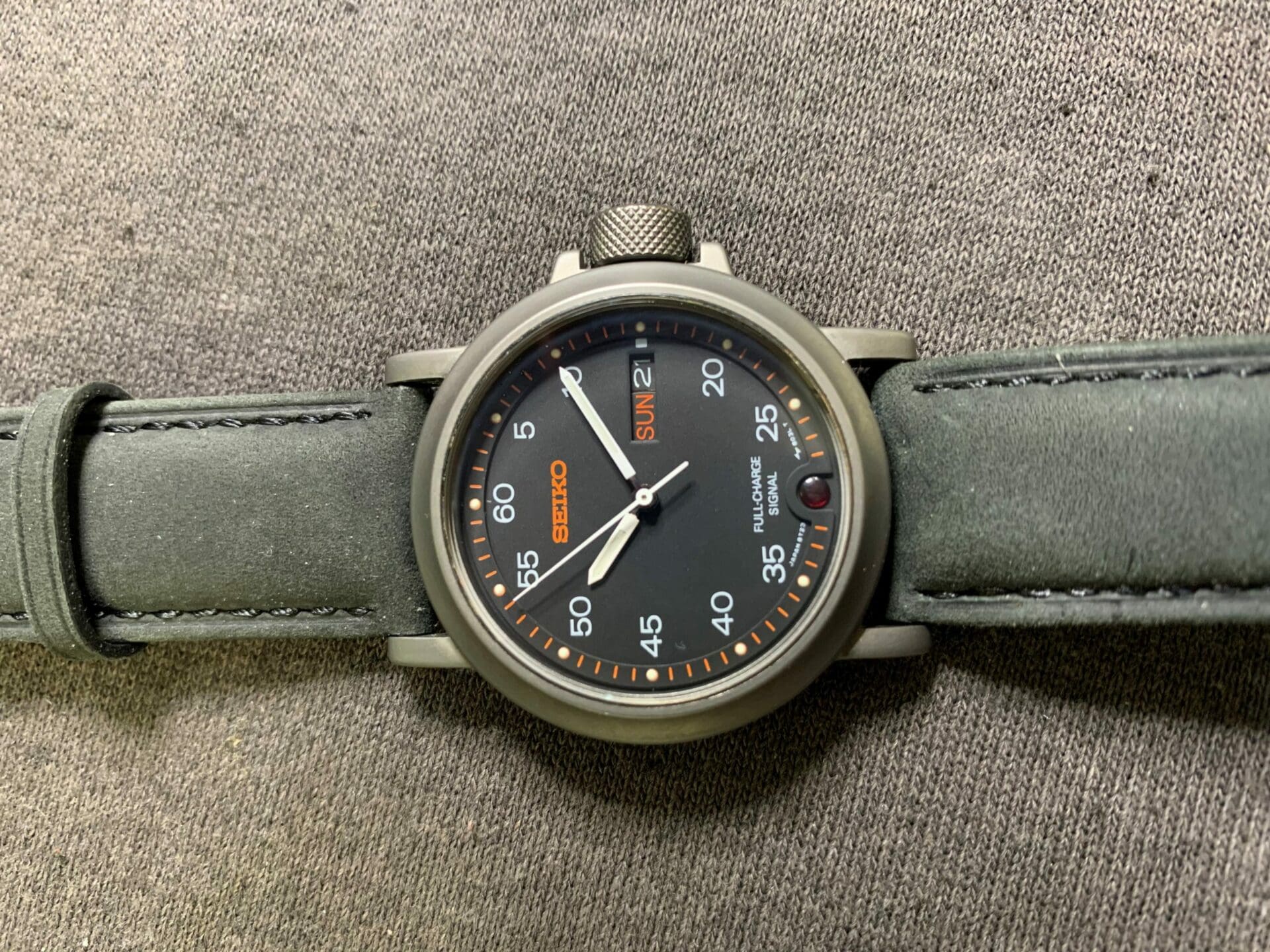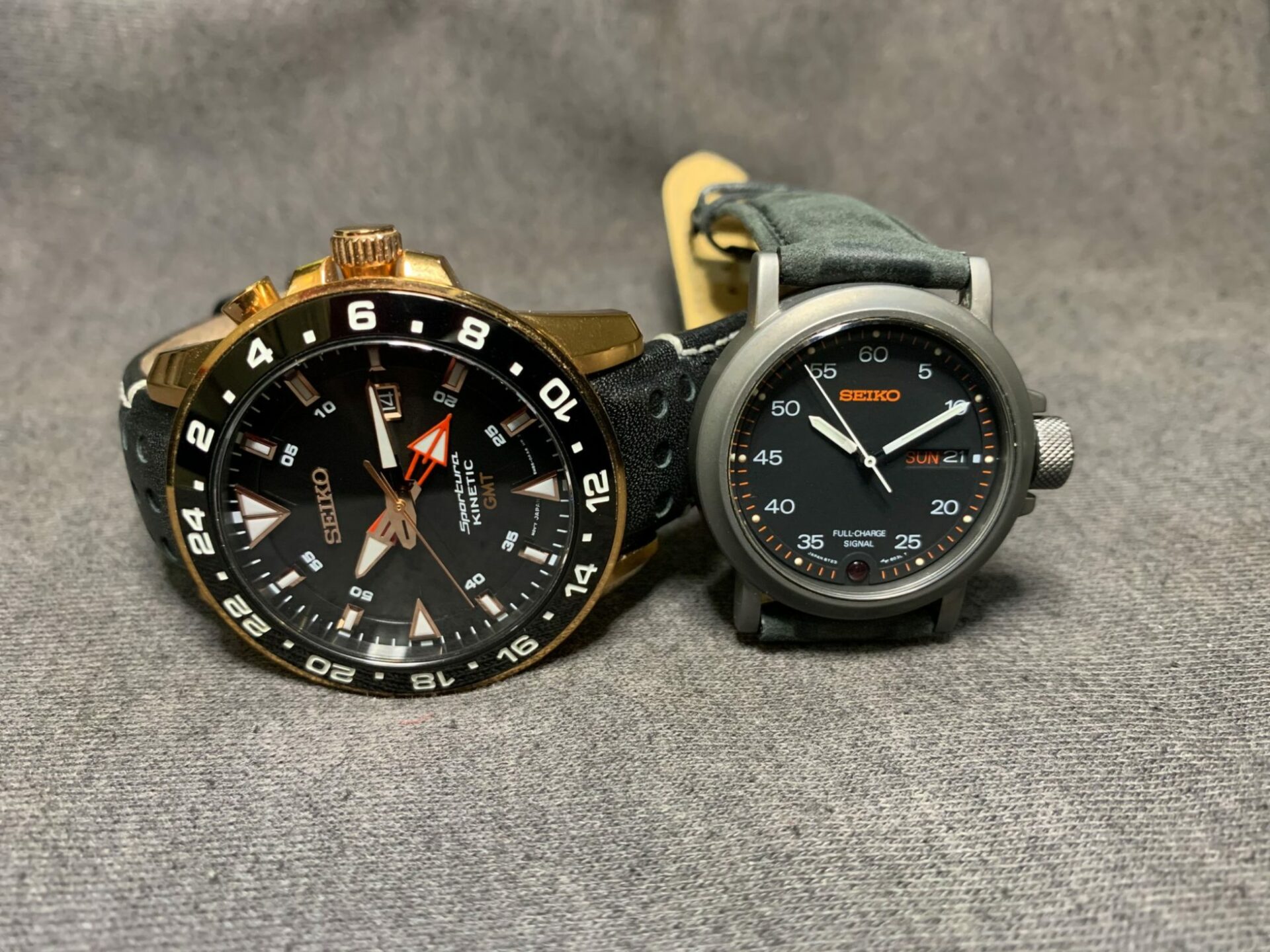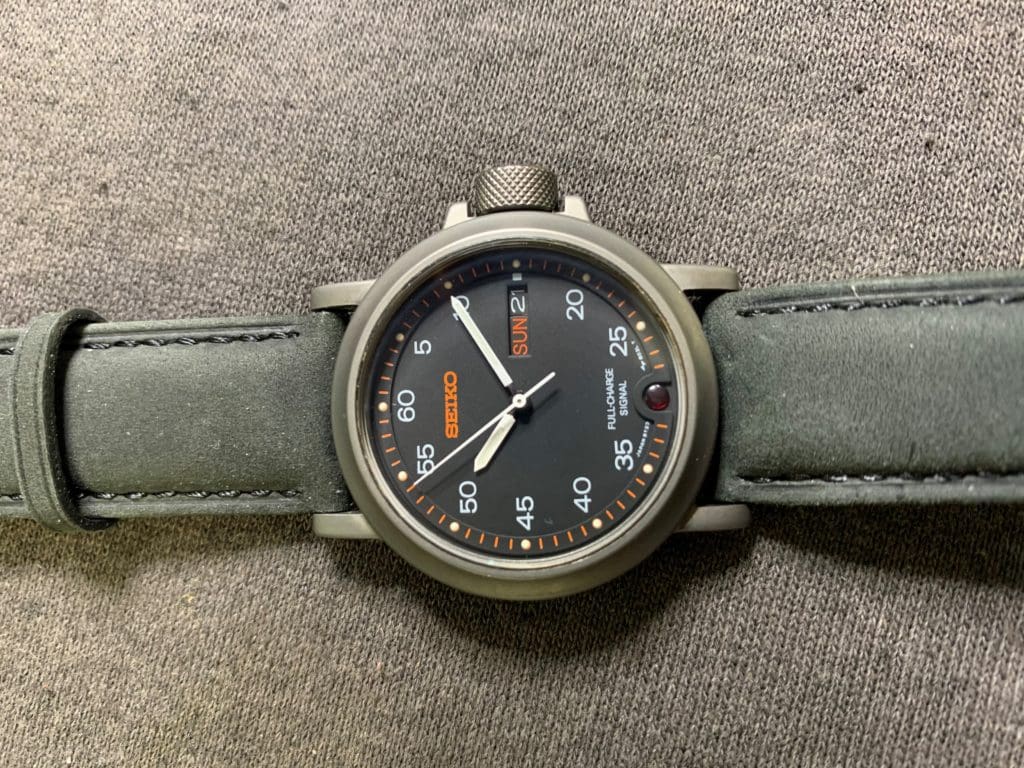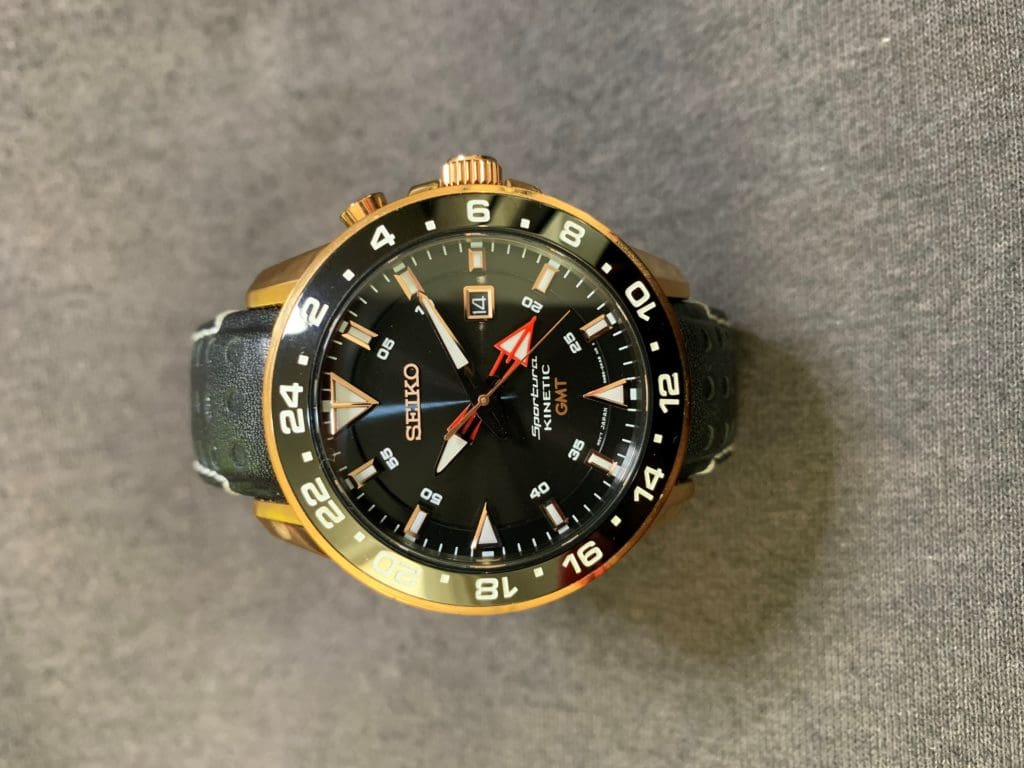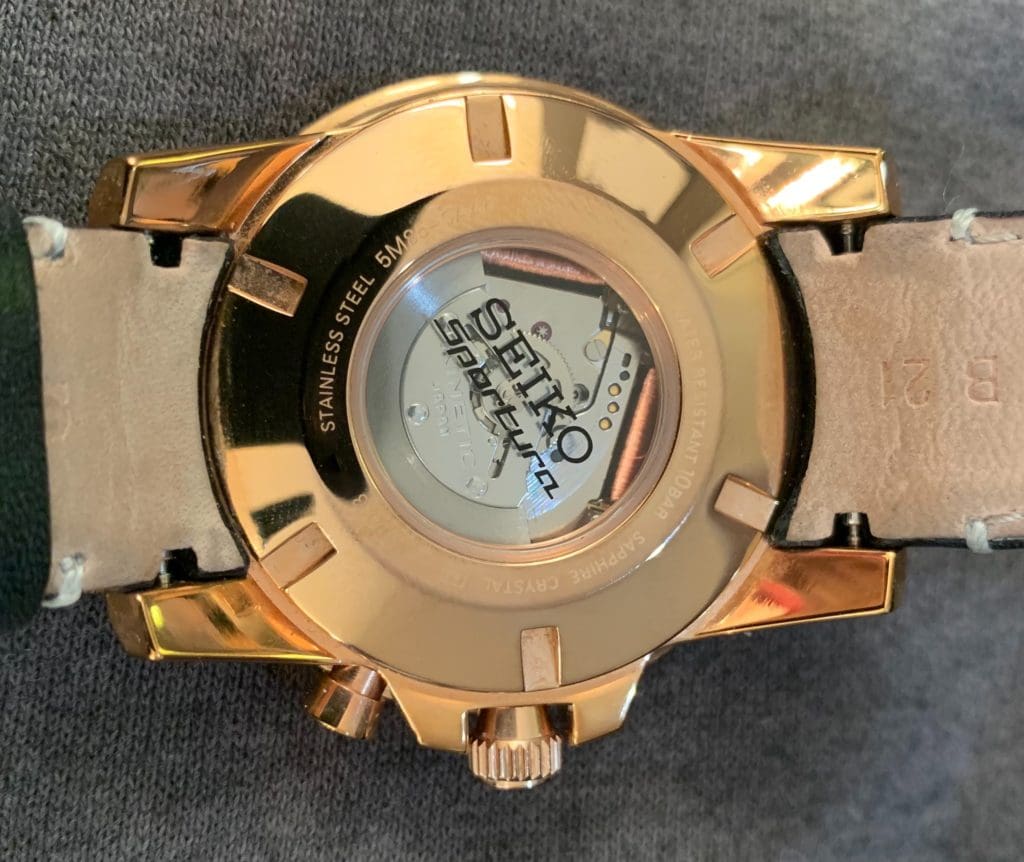The rise and apparent fall of the Seiko Kinetic range
Jason MarsdenSeiko’s current range seems to be dominated by a renewed passion for automatic movements, along with a strong solar offering and of course traditional battery powered. But what about their Kinetic range that was a mainstay offering not so long ago?
Seiko introduced the world to battery-powered quartz wristwatches on Christmas Day 1969. The result delivered accuracy far outstripping even the best mechanical watches, albeit for a watch that initially exceeded the purchase price of a new car. But other manufacturers soon adopted this new technology and the prices dropped as production of parts ramped up. The initial analogue quartz watch featuring traditional hands to indicate the time, was soon surpassed by the first fully digital watch in the early 70s. Presently, the power-hungry and button-activated LEDs were replaced by constantly on LCDs.
Seiko has never seen a watch reliant on a battery that will someday need replacing, as the best and only solution. Citizen beat Seiko by a year with their first solar-powered analogue watch launched in 1976, however Seiko had not only solar power in mind but was considering how else a quartz watch could be powered.
In 1986, Seiko debuted their manually winding quartz watch, a world first. The principle was pretty simple: a highly geared and oversized crown spun a magnet past a coil, inducing a current that then charged a small capacitor, thus doing away with the traditional battery. Logic tells us that this is a pretty good idea and one that should resonate with traditional watch users who are used to winding a manual watch regularly. Unfortunately there were several drawbacks with the 8t23 movement. The crown had to be wound fairly briskly as even with a 300:1 gear ration a slowly moving magnet does not produce much of a current. On the upside, the crown could be wound in both directions and was larger and textured to ease grip. The system was set up to provide three days of running from about three minutes of winding. Three days of running is not bad from a mechanically wound watch, however, three minutes of brisk winding can feel like a very long time for those used to winding their trusty old mechanical watch for just 20 seconds. Once the required power reserve was met, an overcharge protection circuit kicks in and an LED light located at the 6 o’clock position flashes twice to indicate full charge.
I recently managed to acquire one of these very hard to find watches and even today three minutes of winding provides three days of accurate running. This is no small feat as the voltage from the capacitor is constantly dropping, so the micro stepper motor needs to be able to operate across a wide voltage range. As power reaches a critically low level, the second hand starts to advance in two second jumps to indicate it is time to wind for another three minutes.
Not surprisingly this watch was not popular and was discontinued after only about one year of production, making it very scarce now. This combined with its unique world first mechanism sees it fetch prices over US$2000 today, over ten times its original retail price.
Having proved that electrical energy, generated mechanically, and stored in a capacitor rather than a battery, can power a watch, Seiko next introduced a variation on the rotor powered automatic watch design. The Automatic Generating System (AGS) was released in 1988. In a traditional mechanical automatic watch a weight swings around the rear of the movement, this turns gears that then wind the main spring. The speed of this rotation is not important as any movement will produce a corresponding mechanical gear and spring movement. However for the manual wind 8t23 quartz movement, the speed of the magnet is very important in generating a useable charging current. Seiko increased the rotational speed of the weight by reducing its diameter. This principle and rotating mass charging movement went on to be renamed Seiko’s Kinetic brand in 1993. One interesting downside is that these watches will not charge in a mechanical watch winder as these operate at relatively slow speed, not fast enough to induce a useable current. Secondly the smaller pivot-to-weight distance requires a bit more torque to get it swinging which makes for some vigorous shaking if you are looking to charge up a run-down basic Kinetic movement.
The Kinetic movement underwent many upgrades and improvements in function and power reserve including the 1999 Kinetic Auto Relay. This watch stops the hands after 72 hours of no movement, providing an incredible four years of power reserve due to this sleep state. Upon waking back up the hand spin back to the correct time and normal function returns.
Manual wind once again became part of the Kinetic movement in 2007 with the high end Kinetic Direct Drive, that combined both the rotating mass and ability to top up the charge by winding the crown. A combined power reserve and generation indicator showed how effective the winding was.
Today there are still some Kinetic watches available new but you will struggle to find a new Kinetic Direct Drive. It looks like the entire Kinetic line may now be being phased out, if not already discontinued. The mantle of the perfect fusion of mechanical and quartz has been handed over to the Spring Drive movement. Spring Drive can still be found in a very few high-end Seiko branded watches but is now much more associated with Grand Seiko.




